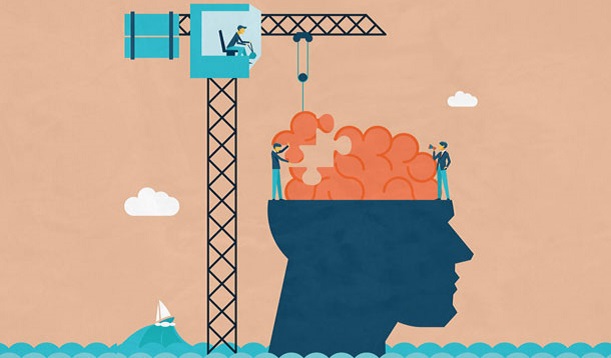
Brands are not just built around beliefs and biases of the past. About 5 per cent of the time, we use a process of deliberation to make choices where we use spreadsheets to look at the cost benefits and logic to evaluate the pros and cons of choices. Marketers can leverage the power of cognitive biases for designing, positioning, and/or repositioning their brands.
Log In or become an AIMA member to read more articles
